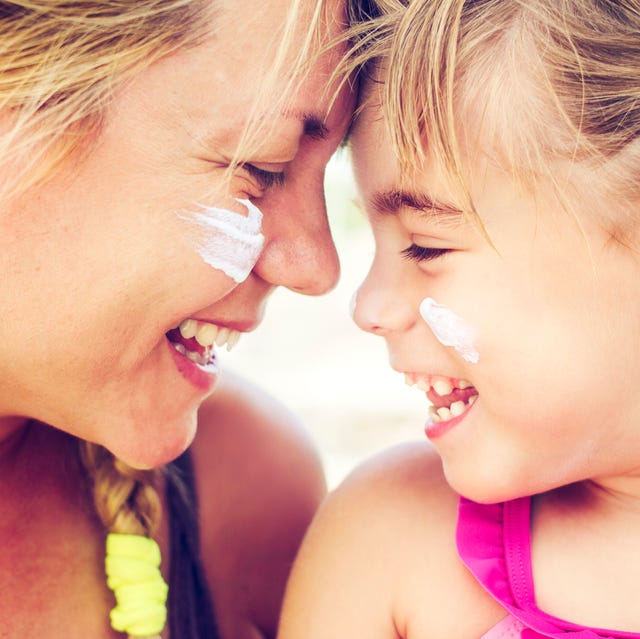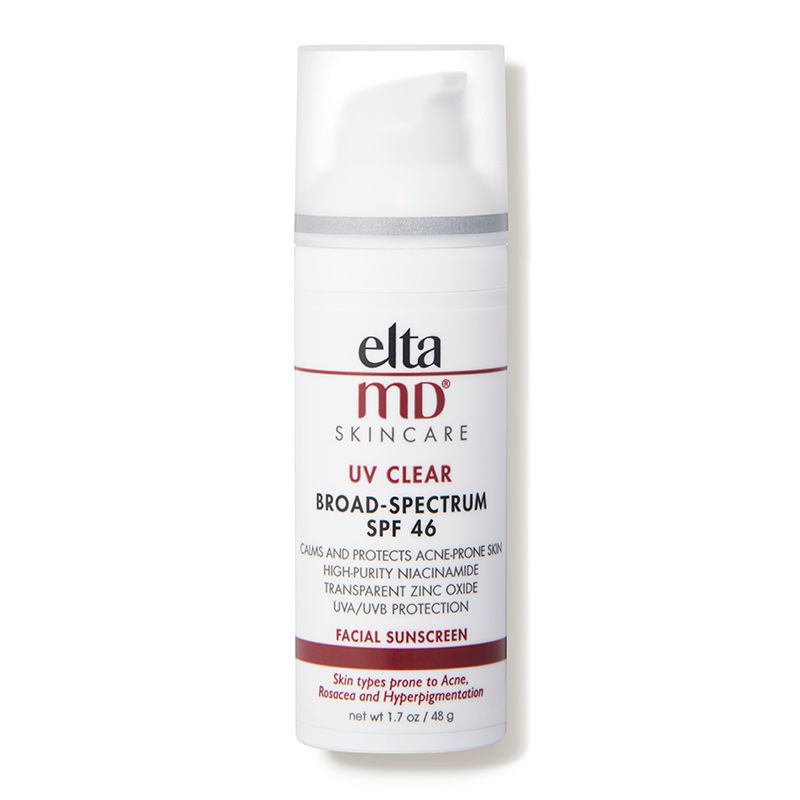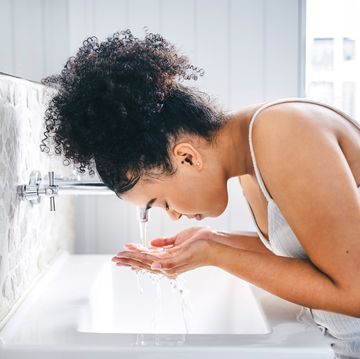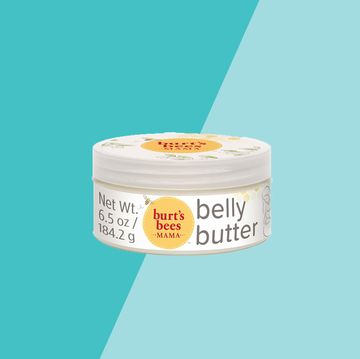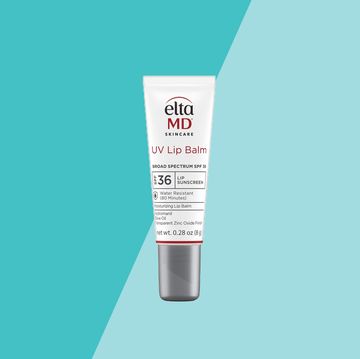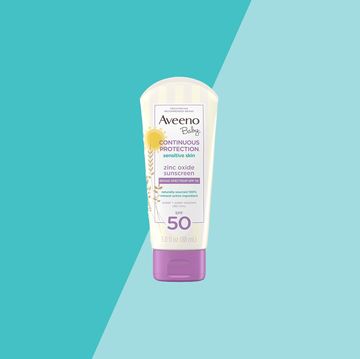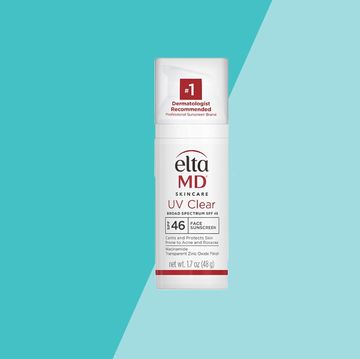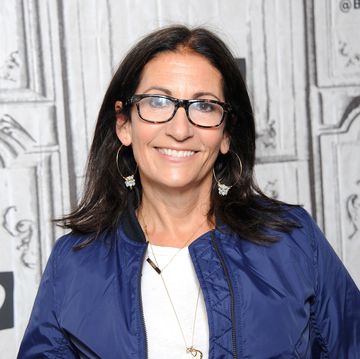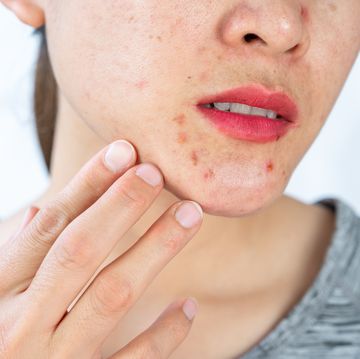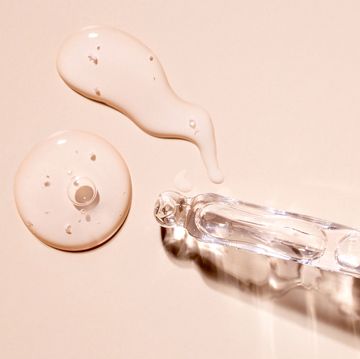This article was medically reviewed by Heather Woolery-Lloyd, MD, a board-certified dermatologist and member of the Prevention Medical Review Board, on April 18, 2019.
Ask a dermatologist what she thinks of DIY sunscreen and you’ll hear “no” and “please do not” at least five times in the first minute. But why? Making your own beauty products like lip balm or a face scrub can be a nice way to include natural ingredients in your regimen. And for homemade sunscreen, there are instructions all over the internet, as well as ingredients for sale right on Amazon. You’ll notice, though, that none of those how-tos come from skin experts.
There’s a reason for that, according to Meghan Feely, MD, a board-certified dermatologist in New Jersey and New York City who serves as a clinical instructor in Mount Sinai’s Department of Dermatology: “Manufacturing a sunscreen is not a simple task. Companies have to demonstrate that their products are stable and efficacious in providing you with broad-spectrum protection against UVA and UVB rays. It may take years of research and development to deliver a sunscreen that will protect you and your family from developing skin cancer.”
What’s in homemade and store-bought sunscreen?
Many DIY sunscreens contain essential oils, like raspberry or carrot seed oil, that some people claim have SPF properties, based on a study published in Photochemical and Photobiological Sciences. However, the study did not actually look at using these ingredients in their pure form, the way they are used in at-home recipes, but at these ingredients alongside chemical sunscreen ingredients.
Most homemade sunscreen recipes also include titanium oxide or zinc oxide. These are ingredients you’ll also find in some store-bought sunscreens—and which have been proven to protect against UVA and UVB rays, by sitting on top of the skin and deflecting harmful rays from the sun. But just because you can buy a tub of these ingredients on Amazon doesn’t mean you can mix it with some oil or shea butter and be sure you have a safe lotion. Those products can be difficult to work with to blend properly, leaving some or all of your skin unprotected.
Plus, the stability of the product you’re buying hasn’t been tested. The SPF of the zinc oxide or titanium oxide powder you can buy online may be lower than you’re expecting. A professional cosmetic chemist, Amanda Foxon-Hill, tried making her own at home, then took it to a lab for testing: The one she thought would be a 30 came back with an SPF 12. The ones she thought would be a 15 were only a 7. “Epic failures all,” she wrote on her blog.
In contrast, “products manufactured by companies in the United States are extensively tested and regulated,” says Dr. Feely.
The safest way to protect yourself
“One person dies each hour in the United States from skin cancer. Proper sunscreen use will protect you and your family from developing sunburns, wrinkles, and skin cancer,” Dr. Feely says. That means buying an FDA-regulated sunscreen with a label that reads broad spectrum. An SPF of at least 30 is best (though you can’t go wrong with an even higher number). Two dermatologist favorites are Elta MD UV Clear Broad-Spectrum SPF 46 Facial Sunscreen and Neutrogena Ultra Sheer Dry-Touch Sunscreen SPF 100+.
Bottom line, says Dr. Feely: “You should not attempt to make your own sunscreen.”

Sarah Smith is the editor-in-chief of Prevention, overseeing the health brand on all platforms, including the monthly print magazine, digital site, books, events, and more. Prevention has been at the forefront of wellness for more than 70 years, and Sarah has expanded the brand’s reach and deepened its commitment to science. Previously, Sarah was the executive editor at Redbook and the editorial director at the family-health magazine Kiwi. She lives in Manhattan with her husband and son.
